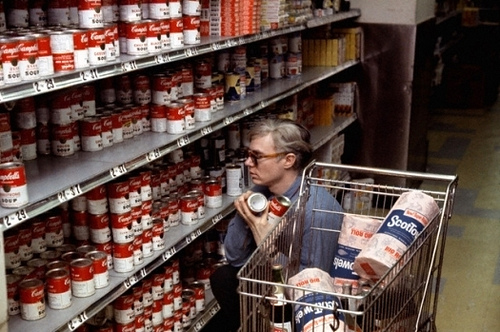At Project Syndicate, ethical philosopher Peter Singer, that necessary nudge, assails those who spend tens of millions of dollars on status-boosting art works. While I don’t agree with all of Singer”s ideas about art, I’m with his larger point about philanthropy. An excerpt:
“Perhaps, though, the importance of postwar art lies in its ability to challenge our ideas. That view was firmly expressed by Jeff Koons, one of the artists whose work was on sale at Christie’s. In a 1987 interview with a group of art critics, Koons referred to the work that was sold last month, calling it ‘the ‘Jim Beam’ work.’ Koons had exhibited this piece – an oversize, stainless steel toy train filled with bourbon – in an exhibition called ‘Luxury and Degradation,’ that, according to the New York Times, examined ‘shallowness, excess and the dangers of luxury in the high-flying 1980s.’
In the interview, Koons said that the Jim Beam work ‘used the metaphors of luxury to define class structure.’ The critic Helena Kontova then asked him how his ‘socio-political intention’ related to the politics of then-President Ronald Reagan. Koons answered: ‘With Reaganism, social mobility is collapsing, and instead of a structure composed of low, middle, and high income levels, we’re down to low and high only… My work stands in opposition to this trend.’
Art as a critique of luxury and excess! Art as opposition to the widening gap between the rich and the poor! How noble and courageous that sounds. But the art market’s greatest strength is its ability to co-opt any radical demands that a work of art makes, and turn it into another consumer good for the super-rich. When Christie’s put Koons’s work up for auction, the toy train filled with bourbon sold for $33 million.
If artists, art critics, and art buyers really had any interest in reducing the widening gap between the rich and the poor, they would be focusing their efforts on developing countries, where spending a few thousand dollars on the purchase of works by indigenous artists could make a real difference to the wellbeing of entire villages.”
Tags: Peter Singer

